Home>Garden Essentials>How Many Seeds Of Corn Per Hole
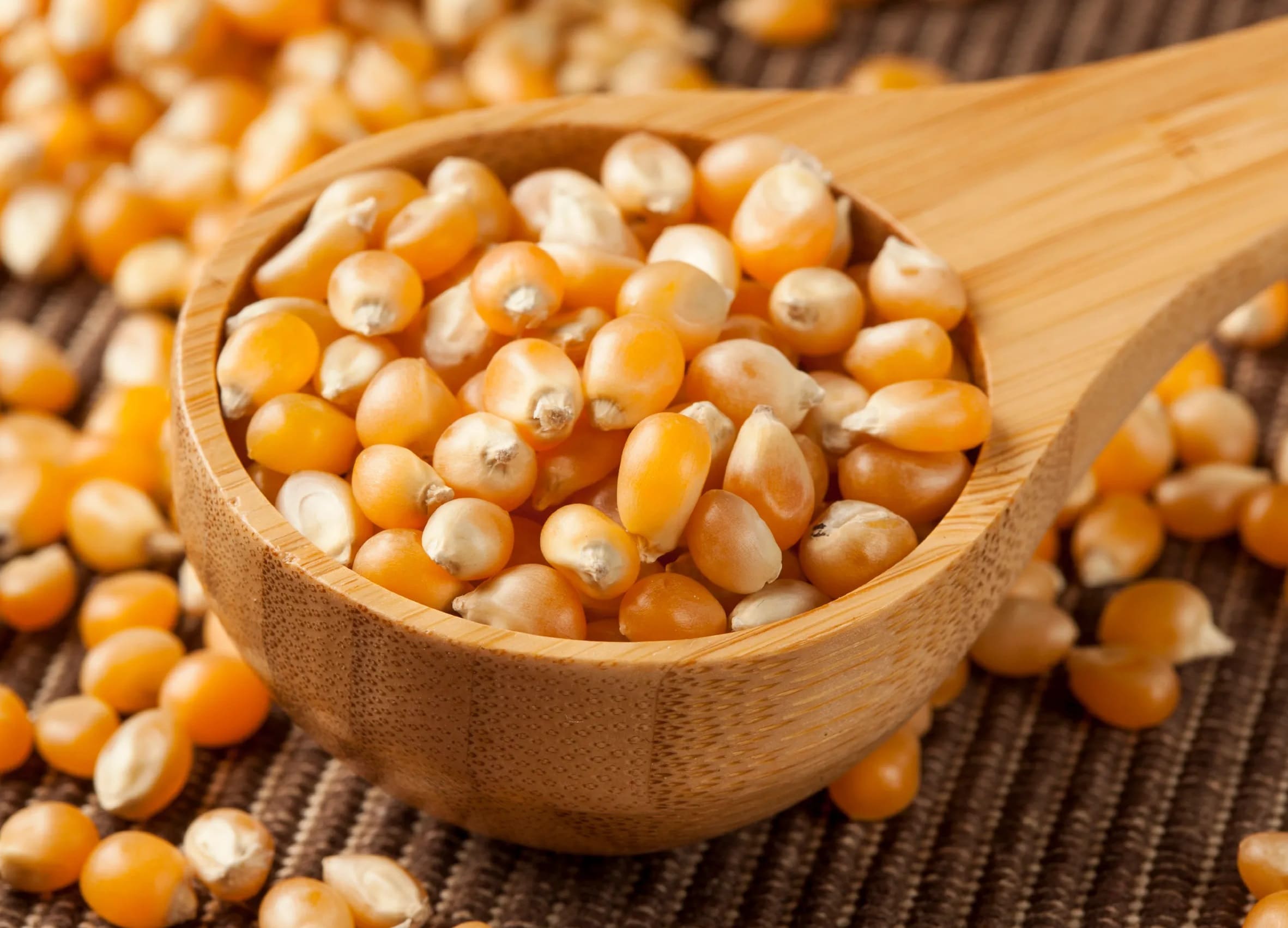

Garden Essentials
How Many Seeds Of Corn Per Hole
Modified: March 24, 2024
Looking to plant corn seeds in your garden? Find out how many seeds per hole you should plant for optimum growth and yield.
(Many of the links in this article redirect to a specific reviewed product. Your purchase of these products through affiliate links helps to generate commission for Storables.com, at no extra cost. Learn more)
Introduction
When it comes to planting corn, one of the key factors that determines the success of your crop is the seed density – the number of seeds planted per hole or unit area. Seed density plays a crucial role in achieving optimal yields and ensuring healthy plant growth.
However, determining the right seed density for your corn planting can be a daunting task. There are several factors that need to be taken into consideration, such as the variety of corn, soil conditions, climate, and planting method. Each of these factors can have a significant impact on the final yield and overall plant health.
In this article, we will explore the various factors that influence seed density and discuss the recommended seed density for corn. We will also look at different seeding methods and techniques to ensure optimal seed placement. By the end of this article, you will have a better understanding of how to determine the ideal seed density for your corn crop.
Key Takeaways:
- Choose the right number of corn seeds per hole based on factors like soil type and climate to maximize yield potential and ensure healthy plant growth.
- Implement proper seed placement techniques, such as even spacing and depth control, to promote uniform germination and healthy seedling establishment for a successful corn crop.
Read more: How Many Corn Seeds Per Bag
Factors Affecting Seed Density
Several factors can influence the appropriate seed density for planting corn. Understanding these factors is essential to make informed decisions and achieve optimal yield. Let’s take a closer look at these factors:
- Corn Variety: Different corn varieties have specific growth habits and characteristics that affect seed density requirements. Factors such as plant height, ear size, and ear density can influence the number of seeds needed per hole or unit area.
- Soil Conditions: The texture, nutrient content, and moisture-holding capacity of the soil can impact seed density. Well-drained soils with adequate fertility levels usually require higher seed densities, while heavy clay or sandy soils may require adjustments to optimize plant population.
- Climate: The climate of your region can also influence seed density. Areas with longer growing seasons or higher solar radiation may require higher seed densities to maximize yield potential. Conversely, regions with shorter growing seasons or cooler temperatures may benefit from lower seed densities to ensure adequate plant development.
- Planting Method: The method in which you plant corn can impact seed density. For example, if you are using a precision planter, you can achieve more consistent seed placement, allowing for higher seed densities. On the other hand, if you are broadcasting seeds or using a manual planting method, you may need to adjust the seed density accordingly.
- Desired Harvest Date: The desired harvest date can also influence seed density. If you want an early harvest, you may need to increase seed density to encourage faster plant development and maturity. Conversely, if you prefer a later harvest, you can decrease seed density to allow for slower growth and later maturation.
By considering these factors, you can determine the appropriate seed density for your corn planting. However, it’s important to note that these factors are not isolated and may interact with each other. It’s crucial to find the right balance to ensure optimal plant growth, yield, and resource utilization.
Recommended Seed Density for Corn
Determining the optimal seed density for your corn crop is a critical step in achieving maximum yields. The recommended seed density can vary depending on various factors, including the corn variety you are planting, soil conditions, and climate. Here are some general guidelines to help you determine the ideal seed density:
- Determining the target plant population: Start by determining your target plant population, which is the number of plants you aim to have per unit area. This target population will vary depending on factors such as soil fertility, irrigation availability, and farming practices. Generally, a plant population of 28,000 to 34,000 plants per acre is considered standard.
- Seeding rate per acre: Once you have determined your target plant population, you can calculate the seeding rate per acre using the following formula: Seeding rate (pounds/acre) = Target plant population (plants/acre) / Seeds per pound
- Seeds per hole: To determine the number of seeds per hole, divide the seeding rate per acre by the total number of holes per acre. This will depend on the spacing between rows and the distance between plants within each row.
- Adjusting for seed quality: It’s important to consider the quality of the seed you are using. If the seed germination rate is lower, you may need to slightly increase the seed density to compensate for potential lower emergence rates.
- Consider hybrid vigor: Some hybrid corn varieties exhibit strong hybrid vigor, which allows for reduced seed densities while maintaining optimum yields. If you are planting a hybrid with high vigor, you may be able to decrease the seed density slightly.
Keep in mind that these are general recommendations, and it’s always best to consult with seed suppliers, agricultural extension services, or local experts who are familiar with your specific growing conditions. They can provide valuable insights and help you determine the ideal seed density for your specific situation.
Remember, the key is to achieve a balance between optimizing plant population for maximum yield potential while ensuring adequate spacing for plant development and resource availability.
Seeding Methods
There are several seeding methods available for planting corn, each with its own advantages and considerations. The choice of seeding method can impact seed density, as well as overall crop establishment and uniformity. Let’s explore some common seeding methods:
- Precision Planting: Precision planting involves the use of specialized equipment, such as a precision planter, that precisely spaces seeds at predetermined intervals. This method ensures consistent seed placement, resulting in uniform plant populations. With precision planting, you have more control over seed density, allowing for higher densities if desired.
- Broadcasting: Broadcasting involves scattering seeds by hand or using a mechanical spreader. This method is commonly used for small-scale plantings or intercropping. However, it can result in uneven seed distribution, leading to variable plant populations and potentially lower yields. If using broadcasting, it’s important to adjust the seed density accordingly to compensate for the lack of precision in seed placement.
- Drilling: Drilling involves using a seed drill or planter to place seeds at a specific depth and spacing within rows. This method provides more consistent seed placement compared to broadcasting and can result in uniform plant populations. By adjusting the settings on the seed drill, you can control the seed density and achieve optimal planting conditions.
- Hill Dropping: Hill dropping involves placing multiple seeds in each planting hole, typically in clusters or “hills.” This method is commonly used for crops with lower germination rates or in areas with less favorable soil conditions. Hill dropping allows for higher seed densities and can improve emergence rates in challenging environments.
- Transplants: Transplanting involves starting corn plants indoors or in a greenhouse and then transplanting them to the field. This method can be advantageous in regions with short growing seasons or areas prone to early-season frost. Transplanting allows for precise control over seed density, as each plant is individually established.
Each seeding method has its own benefits and considerations. Factors such as farm size, available equipment, soil conditions, and desired yield goals should be taken into account when deciding on the most appropriate method for your corn planting. Regardless of the method chosen, it’s important to ensure proper seed-to-soil contact and provide favorable growing conditions to promote strong and healthy plant establishment.
Calculating Seed Needs
Accurately calculating the amount of seed needed is crucial to ensure you have enough for your corn planting while avoiding unnecessary waste and additional expenses. By following a simple calculation, you can determine the exact quantity of seed required for your desired seed density and planting area. Here’s how to calculate your seed needs:
- Determine planting area: Calculate the total area you plan to plant corn. This can be measured in acres, square feet, or any other appropriate unit of measurement.
- Establish target plant population: Determine the desired target plant population per unit of area. This can be determined based on factors such as soil fertility, irrigation availability, and farming practices. For example, a common target population for corn is 28,000 to 34,000 plants per acre.
- Calculate total seed needed: Multiply the target plant population by the planting area to obtain the total number of plants needed. For instance, if you have 1 acre of land and the target plant population is 30,000 plants per acre, you would need a total of 30,000 plants.
- Seed density adjustment: Consider the expected seed germination rate. If your seeds have a germination rate of 90%, adjust your total seed needs accordingly. Divide the total seed needed by the germination rate (as a decimal) to obtain the adjusted seed needs. For instance, if you need 30,000 plants and the germination rate is 90%, divide 30,000 by 0.9 to calculate the adjusted seed needs of 33,333 seeds.
- Seeds per pound: Determine the average number of seeds per pound for the specific corn variety you are planting. This information can be obtained from seed suppliers or seed packaging. This value will help you convert the adjusted seed needs into pounds of seed.
- Convert to pounds of seed: Divide the adjusted seed needs by the number of seeds per pound to determine the weight of seed required. For example, if the adjusted seed needs are 33,333 seeds and there are 2,000 seeds per pound, you would need 16.67 pounds of seed (33,333 / 2,000).
By following these steps, you can accurately calculate the amount of seed needed for your corn planting. It is always recommended to buy a slightly higher quantity of seed to account for any potential losses or unexpected changes in planting conditions.
Remember to consult with seed suppliers, agricultural extension offices, or local experts for specific variety recommendations and any additional factors that may need to be considered for your particular growing conditions.
For optimal corn growth, plant 2-3 seeds per hole, then thin to the strongest plant. This ensures better germination and stronger plants.
Read more: How Many Flower Seeds Per Hole
Factors to Consider When Deciding Seed Density
Choosing the right seed density for your corn planting is a critical decision that can impact crop yield and overall plant health. Several factors should be considered when determining the seed density for your specific situation. Taking these factors into account will help you optimize plant population and maximize your corn harvest. Here are some key factors to consider:
- Soil Fertility: The nutrient content and fertility of your soil play a significant role in determining the appropriate seed density. Well-fertilized soils can support higher plant populations and nutrient uptake, resulting in better yields. Conducting a soil test and understanding the nutrient levels in your soil can help guide your seed density decision.
- Irrigation Availability: If you have access to irrigation, you may consider increasing seed density to take advantage of the available water supply. Irrigation allows for better moisture management, supporting higher plant populations and maximizing yield potential.
- Equipment Capability: Consider the capabilities of your planting equipment. Different equipment may have limitations on the number of seeds it can handle per unit area. Ensure that your equipment can handle the desired seed density to achieve uniform and accurate seed placement.
- Climate and Growing Conditions: The climate and growing conditions in your area can influence seed density. Consider factors such as temperature, rainfall patterns, and sunlight availability. Regions with shorter growing seasons or cooler temperatures may require higher seed densities to compensate for limited growth opportunities.
- Pest and Disease Pressure: Evaluate the pest and disease pressure in your area. Higher seed densities can help mitigate potential damage caused by pests and diseases. However, it’s important to strike a balance, as overcrowding plants can create favorable conditions for certain pathogens or pest infestations.
- Seed Quality: Take into account the quality of the seed you are planting. Ensure that you are using high-quality seeds with good germination rates. Adjust the seed density if the germination rate is lower than expected to compensate for potential lower emergence rates.
- Farm Management Practices: Consider your preferred farm management practices, such as tillage methods, crop rotation, and weed control strategies. Some practices may require adjustments in seed density to optimize plant growth, resource utilization, and overall farm efficiency.
It is important to remember that each farming operation is unique, and the factors mentioned above should be considered in conjunction with local knowledge, field experience, and guidance from agronomists or agricultural extension services. Fine-tuning the seed density based on these factors will help you achieve the best possible results for your corn crop.
Adjusting Seed Density for Different Soil Types
Understanding the characteristics of different soil types is crucial when it comes to adjusting seed density for optimal corn growth and yield. Soil type can significantly influence plant nutrient uptake, water retention, and root development, all of which impact seed density decisions. Here are some factors to consider when adjusting seed density for different soil types:
- Sandy Soils: Sandy soils tend to have lower water-holding capacity and nutrient retention capabilities. As a result, higher seed densities may be necessary to ensure adequate plant establishment and nutrient availability. Increasing the seed density can also help compensate for potential leaching of nutrients due to faster water drainage in sandy soils.
- Clay Soils: Clay soils have better water-holding capacity but can be prone to compaction. Lower seed densities may be warranted for clay soils to allow for better root development and to reduce the risk of overcrowding, which can lead to poor drainage and limited nutrient uptake. However, it’s essential to ensure sufficient seed density to achieve a desired plant population for optimum yield potential.
- Loam Soils: Loam soils have a balanced texture and offer good nutrient retention and water-holding capacity. Seed density adjustments for loam soils will depend on factors such as organic matter content, fertility levels, and slope gradient. In most cases, following general recommendations for seed density should suffice for loam soils.
- Acidic Soils: Soil acidity can affect nutrient availability for corn plants. If you have acidic soils, it’s crucial to adjust the seed density based on the nutrient requirements of corn and the pH level of the soil. Conducting a soil test and applying appropriate soil amendments to adjust pH levels can help optimize seed density and nutrient utilization.
- Stony or Compacted Soils: In areas with stony or compacted soils, adjustments may be needed to achieve adequate seed-to-soil contact and root development. Lower seed densities are recommended to allow for better seed emergence and to prevent potential damage to machinery during planting. Consider additional soil preparation techniques, such as deep tillage or soil conditioning, to improve seedbed conditions.
When adjusting seed density for different soil types, it is essential to consider other factors such as fertility levels, irrigation availability, and overall farm management practices. Consult with local experts, soil scientists, or agricultural extension services for specific recommendations tailored to your soil type and growing conditions. These professionals can provide valuable insights and suggest appropriate seed density adjustments to optimize your corn crop’s performance.
Seed Placement Techniques
Proper seed placement is crucial for promoting uniform germination, healthy plant growth, and maximizing crop yield. Various seed placement techniques can be implemented to ensure optimal seed-to-soil contact and create favorable conditions for corn seed establishment. Here are some common seed placement techniques to consider:
- Even Spacing: Ensuring even spacing between seeds within rows is essential for uniform plant emergence and preventing competition for resources. Precision planters or drill seeders can provide accurate and consistent spacing, resulting in optimal plant populations.
- Depth Control: Controlling the depth at which seeds are planted is crucial for proper germination and seedling development. Corn seeds should be planted at the recommended depth, usually around 1-2 inches for most soil types. This depth provides adequate soil contact while minimizing the risk of shallow planting or burying the seed too deep.
- Seed-to-Soil Contact: Ensuring good seed-to-soil contact is essential for moisture absorption, nutrient uptake, and adequate anchorage of the emerging seedling. Proper soil preparation, such as firming the soil after planting, can help establish optimal seed-to-soil contact and promote quicker and more uniform germination.
- Furrow Closure: After placing the seeds in the furrow, it is important to close the furrow properly to prevent the seeds from being exposed to drying conditions or potential water runoff. This can be achieved by using appropriate closing wheels or press wheels on the planter to ensure firm soil contact around the seed.
- Seed Treatment: Applying seed treatment can protect seeds from pathogens, pests, and other environmental stresses. Seed treatments can promote better seed germination and early seedling vigor, leading to improved stand establishment. Consult with agricultural experts or seed suppliers for appropriate seed treatment options based on your specific needs and local conditions.
Implementing these seed placement techniques will help promote better seed emergence, minimize plant-to-plant competition, and optimize overall crop performance. It’s important to carefully calibrate and maintain planting equipment to ensure accurate seed placement and adjust seed density accordingly based on soil conditions and seed quality. Regular monitoring of planting operations and assessing seed placement accuracy can help identify any potential issues early on and allow for timely adjustments.
Keep in mind that factors such as soil moisture, temperature, and seedbed preparation also play crucial roles in seedling establishment. Monitoring these factors and making appropriate adjustments when necessary will further enhance the effectiveness of seed placement techniques and contribute to successful corn production.
Seed Depth Considerations
The depth at which corn seeds are planted is a critical factor that can greatly influence seedling emergence, root development, and overall crop performance. Proper seed depth ensures that seeds have access to adequate moisture, nutrients, and a favorable environment for growth. Here are some important considerations regarding seed depth when planting corn:
- Recommended Depth: The recommended seed depth for corn planting typically ranges between 1 to 2 inches deep. This depth provides sufficient soil cover and ensures proper moisture availability for germination. Planting seeds too shallow may expose them to drying conditions, while burying them too deep may delay emergence and hinder seedling establishment.
- Soil Conditions: Soil type and moisture content are important factors to consider when determining seed depth. In well-drained sandy soils, it may be necessary to plant seeds slightly deeper to ensure adequate moisture uptake. On the other hand, in heavy clay soils with poor drainage, sticking to the shallower end of the recommended depth range can help prevent waterlogged conditions that impede seedling development.
- Soil Moisture: Assessing soil moisture levels prior to planting is crucial. Planting seeds into adequately moist soil allows for better germination and early root development. If soil moisture is insufficient, it may be necessary to adjust the seed depth accordingly by planting slightly deeper to access moisture deeper in the soil profile.
- Temperature: Soil temperature plays a significant role in seed germination and emergence. Planting at the appropriate depth ensures that seeds are exposed to the optimal soil temperature for faster and more uniform emergence. Warmer soil temperatures in early spring or cooler soil temperatures in late planting seasons may require adjusting the seed depth for best results.
- Residue Management: Take into account the amount of surface residue present in the field. Excessive residue can hinder seed-to-soil contact and compromise seed germination. Adjusting seed depth to penetrate through the residue layer can help ensure better seed-soil contact and improve seedling establishment.
- Hybrid Selection: Different corn hybrids have varying seed sizes and recommended planting depths. Consider the specific recommendations provided by the seed supplier for the hybrid being planted. Some hybrids may perform better at slightly different depths based on their seed size and genetic characteristics.
It is important to note that each field and growing season may have unique conditions that warrant specific adjustments to seed depth. Regularly monitor soil conditions, including moisture levels and temperature, throughout the planting process. Evaluate seedling emergence and make necessary adaptations as needed to optimize seed depth and promote uniform plant stand establishment.
Consulting with local agronomists, agricultural extension services, or experienced farmers in your region can provide valuable insights and recommendations tailored to your specific growing conditions. These experts can help you fine-tune seed depth considerations and ensure the best possible results for your corn crop.
Read more: How Many Seeds Per Acre For Corn
Conclusion
Choosing the right seed density and implementing proper seed placement techniques are crucial steps in achieving a healthy and productive corn crop. By considering factors such as corn variety, soil conditions, climate, and planting method, you can determine the optimal seed density for your corn planting. This will help ensure that you achieve the desired target plant population and maximize your yield potential.
Factors such as soil fertility, irrigation availability, climate, pest and disease pressure, and farm management practices all play a role in determining the ideal seed density. Adjusting seed density based on soil type, such as sandy or clay soils, can help optimize plant growth and resource utilization. Implementing appropriate seed placement techniques, such as even spacing, proper depth control, and good seed-to-soil contact, contributes to uniform germination and healthy seedling establishment.
Calculating your seed needs accurately, considering seed quality, and adjusting for different soil types are important aspects of successful corn planting. By carefully evaluating and making necessary adjustments, you can ensure that your corn crop gets off to the best possible start.
Remember to consult with local experts, seed suppliers, or agricultural extension services for specific recommendations tailored to your growing conditions. Factors such as soil moisture, temperature, and residue management should also be monitored and adjusted when necessary to optimize seed germination, emergence, and overall crop performance.
In conclusion, selecting the right seed density and employing appropriate seed placement techniques are essential for achieving a successful corn crop. By taking into account the various factors discussed in this article and staying informed about current research and best practices, you can make informed decisions that will contribute to the growth and productivity of your corn crop.
Frequently Asked Questions about How Many Seeds Of Corn Per Hole
Was this page helpful?
At Storables.com, we guarantee accurate and reliable information. Our content, validated by Expert Board Contributors, is crafted following stringent Editorial Policies. We're committed to providing you with well-researched, expert-backed insights for all your informational needs.
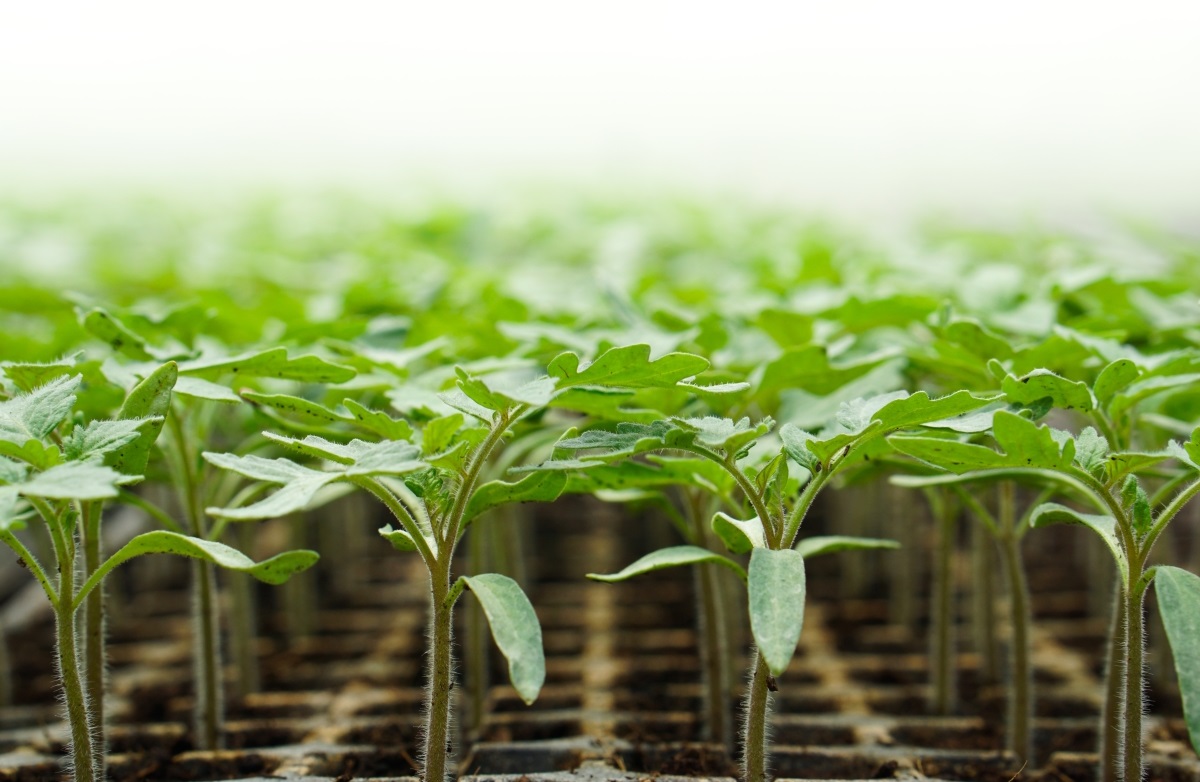
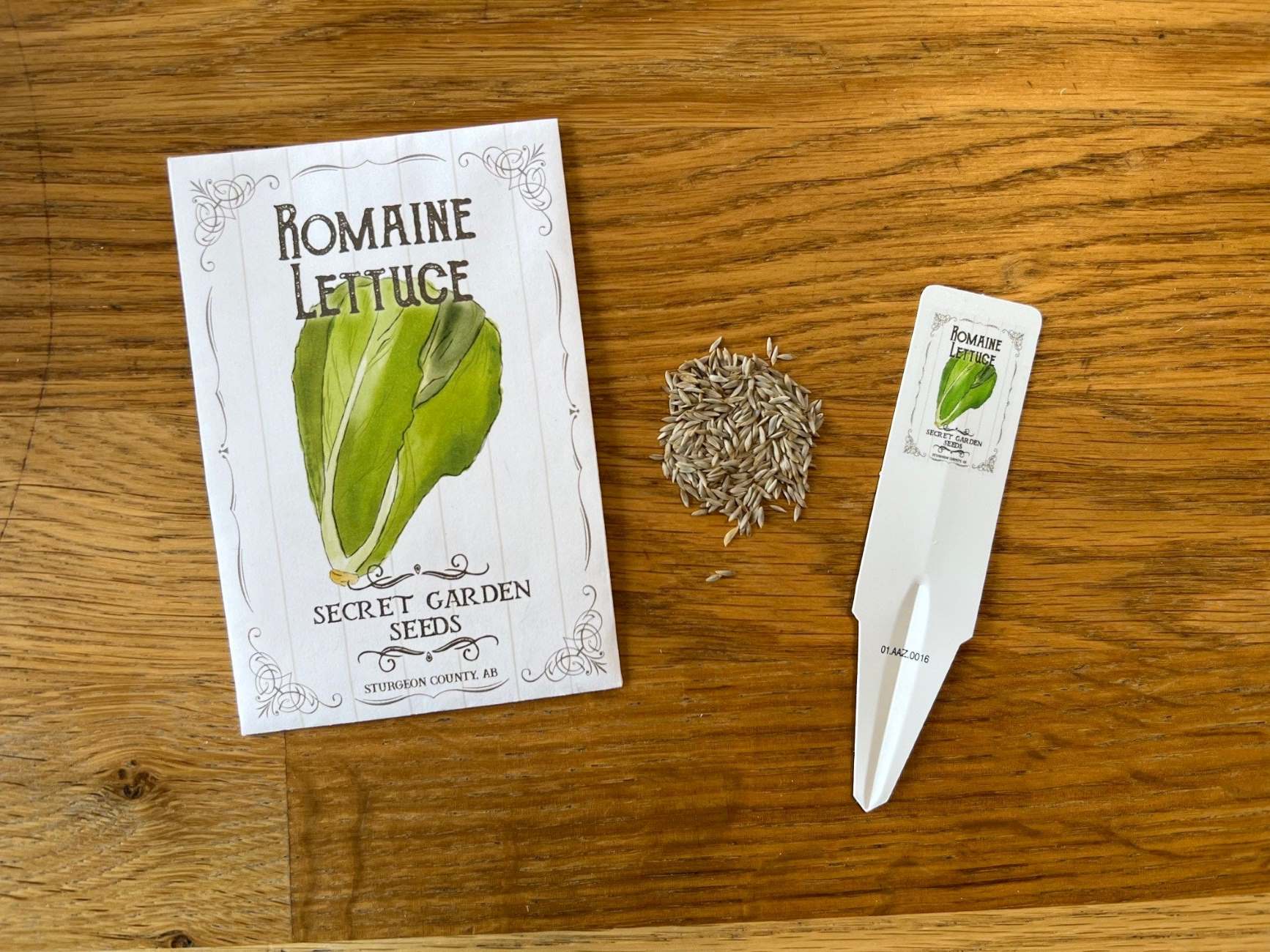
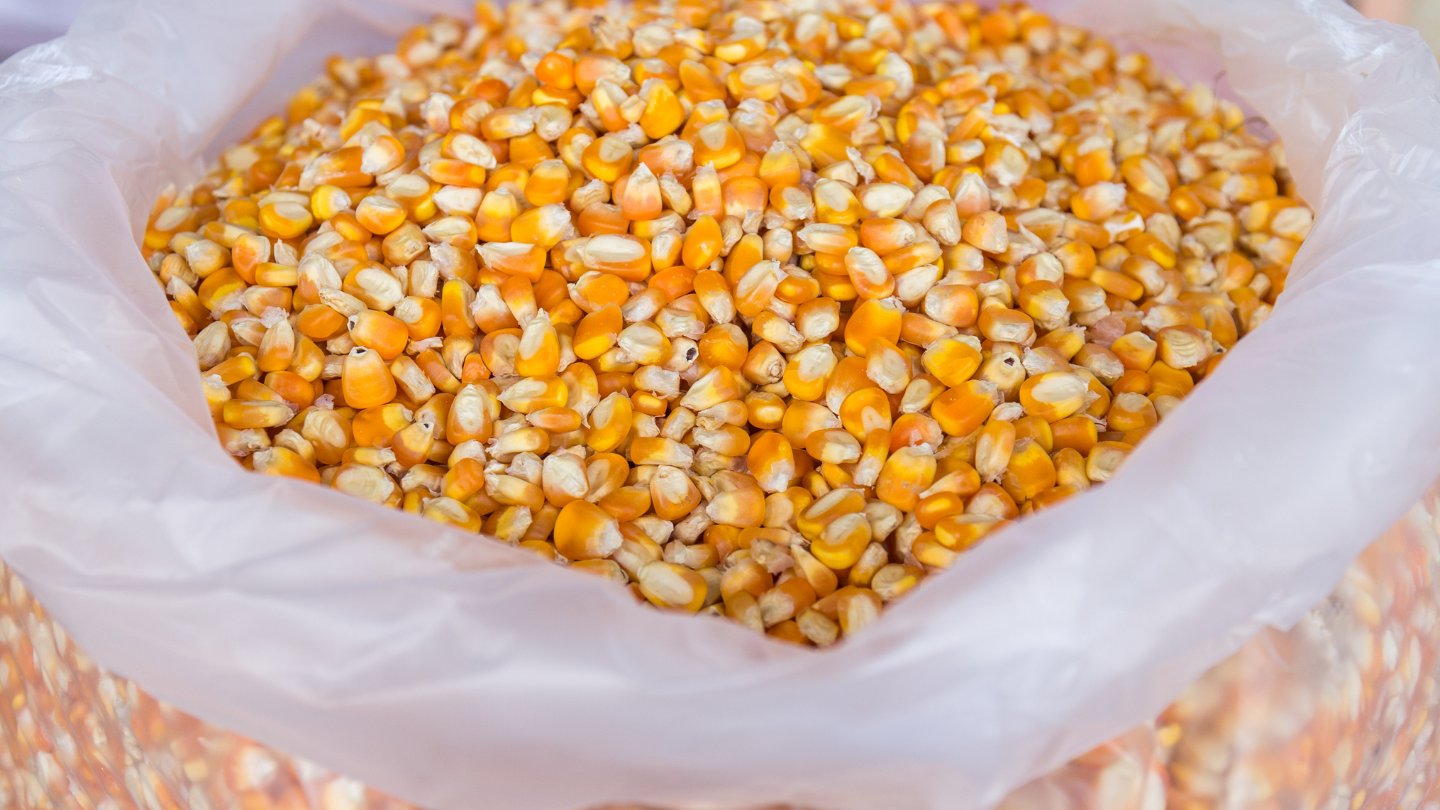
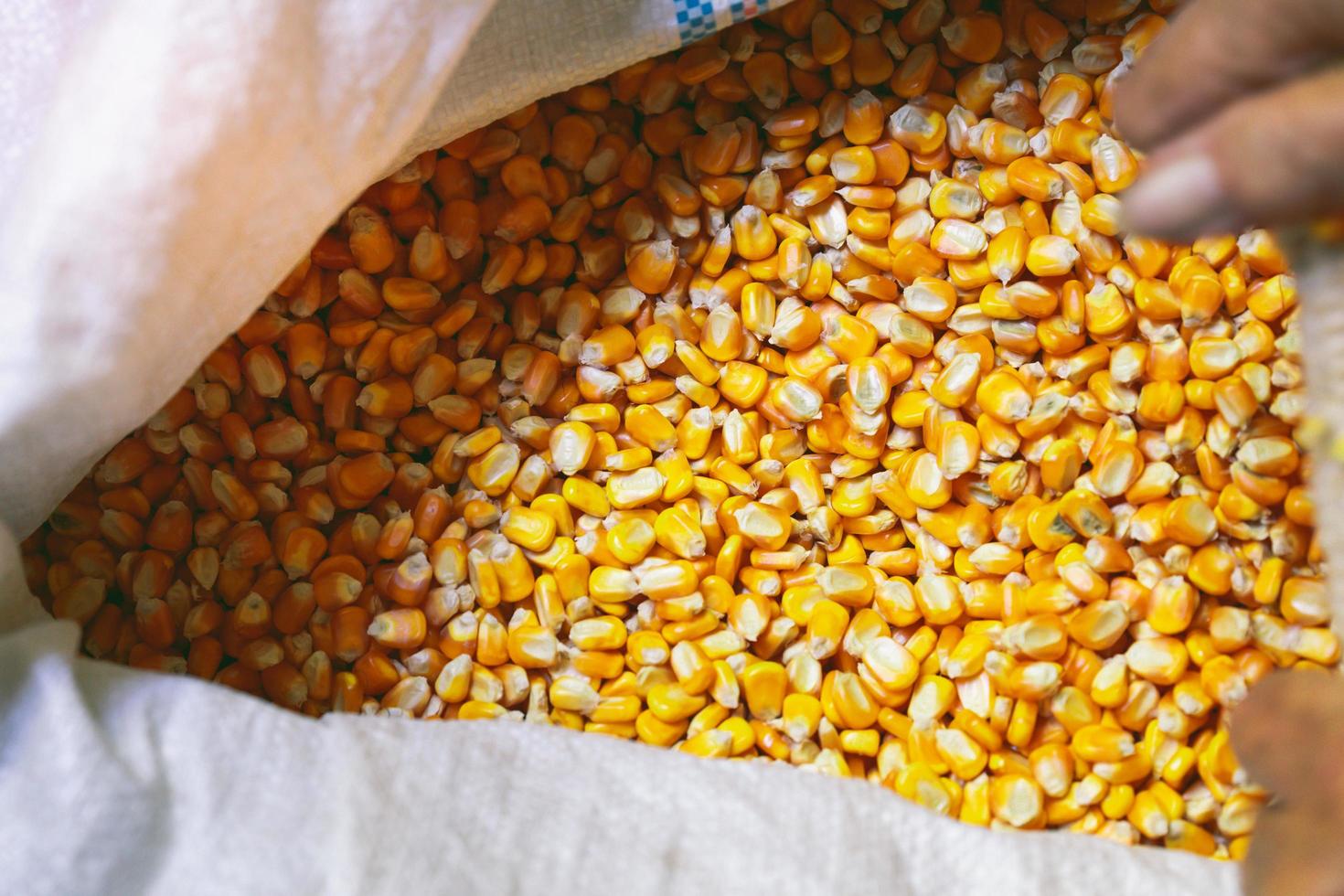
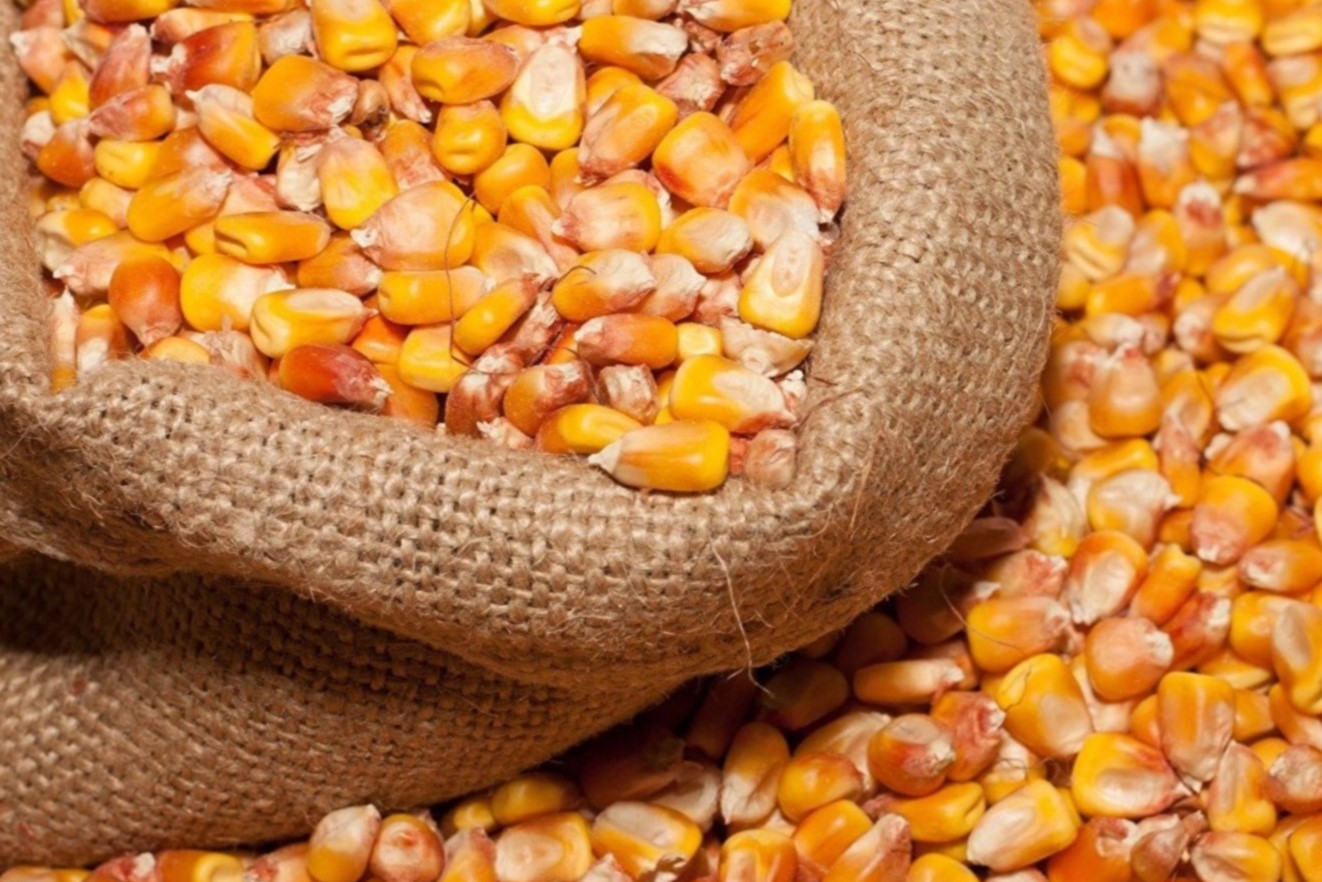
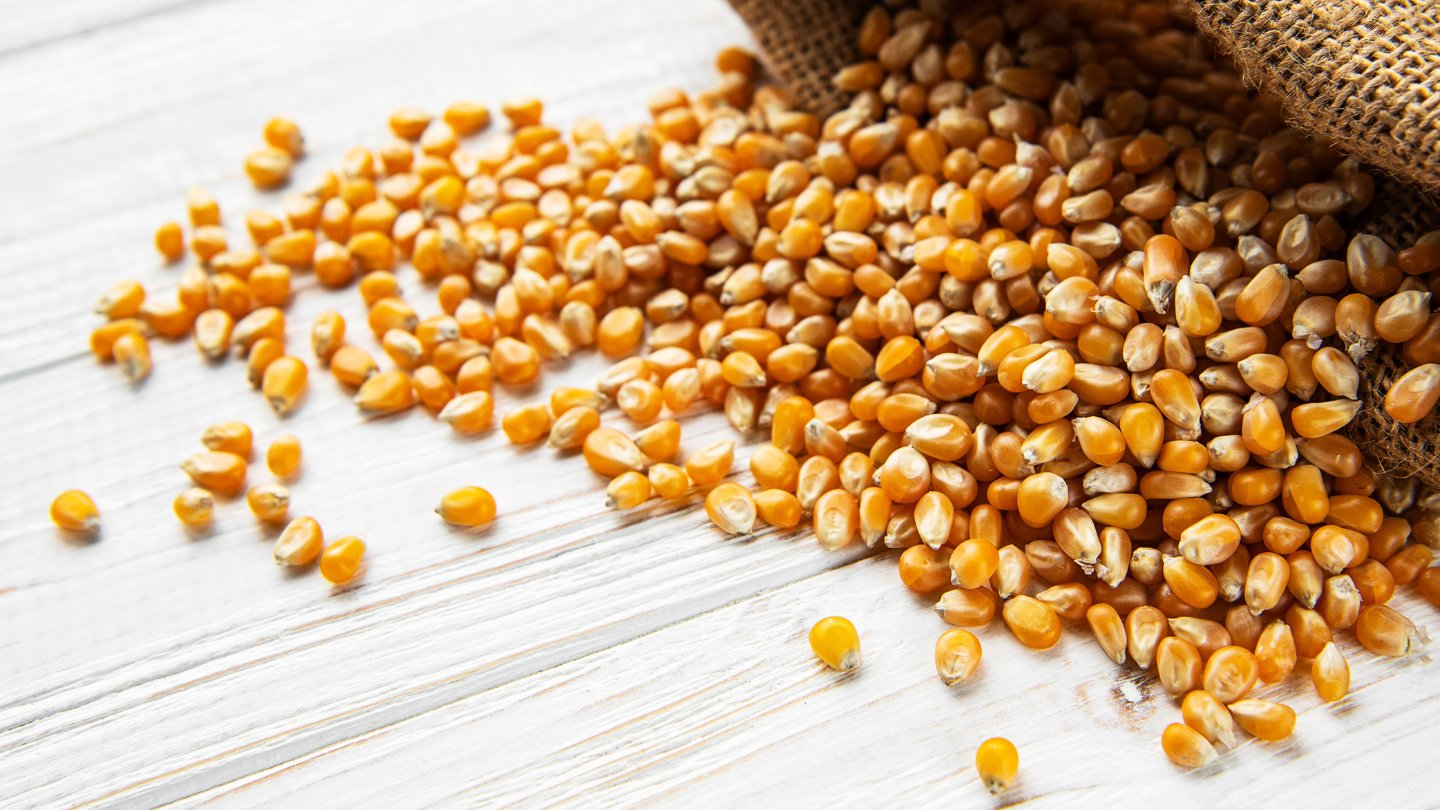
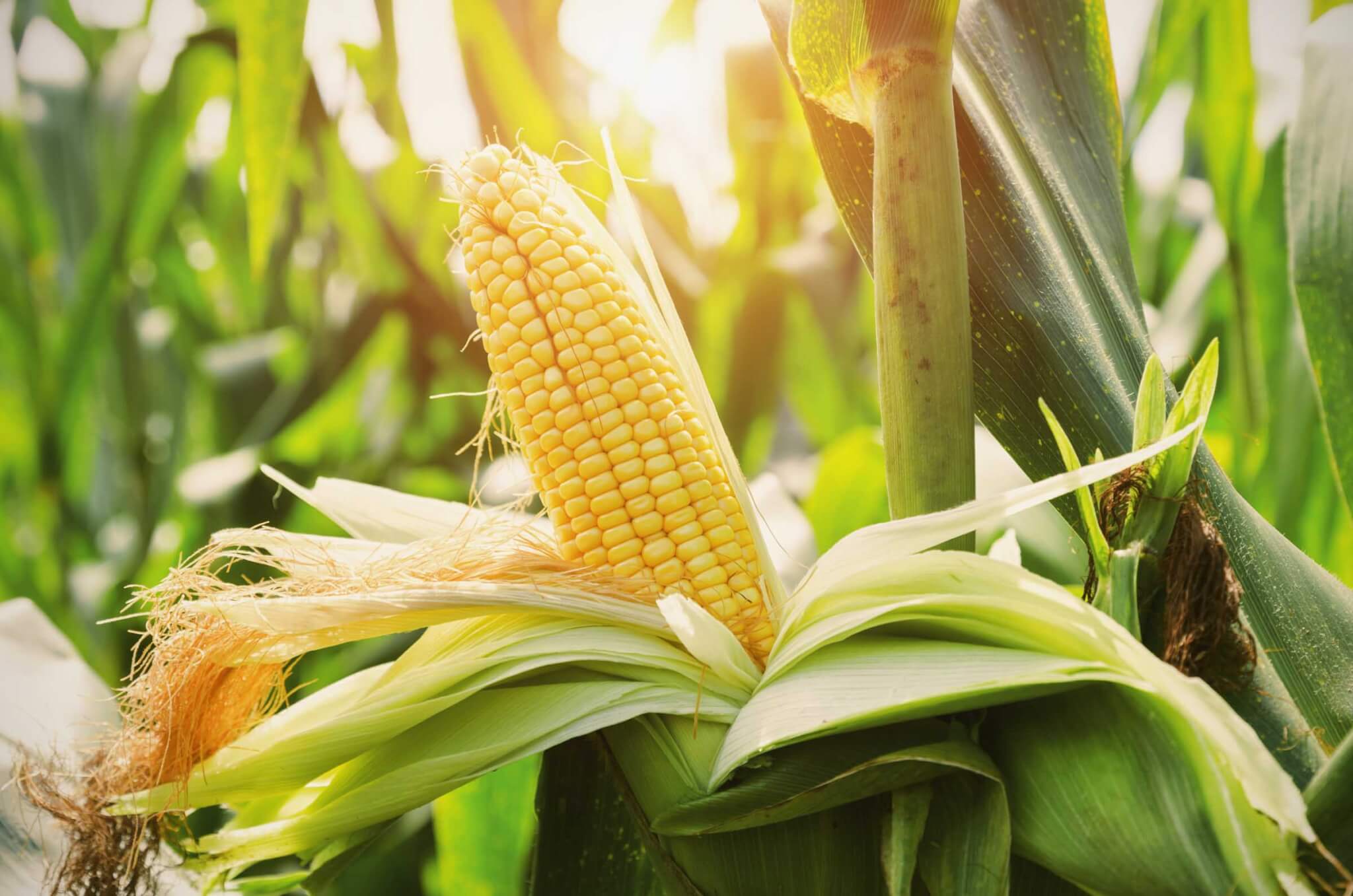
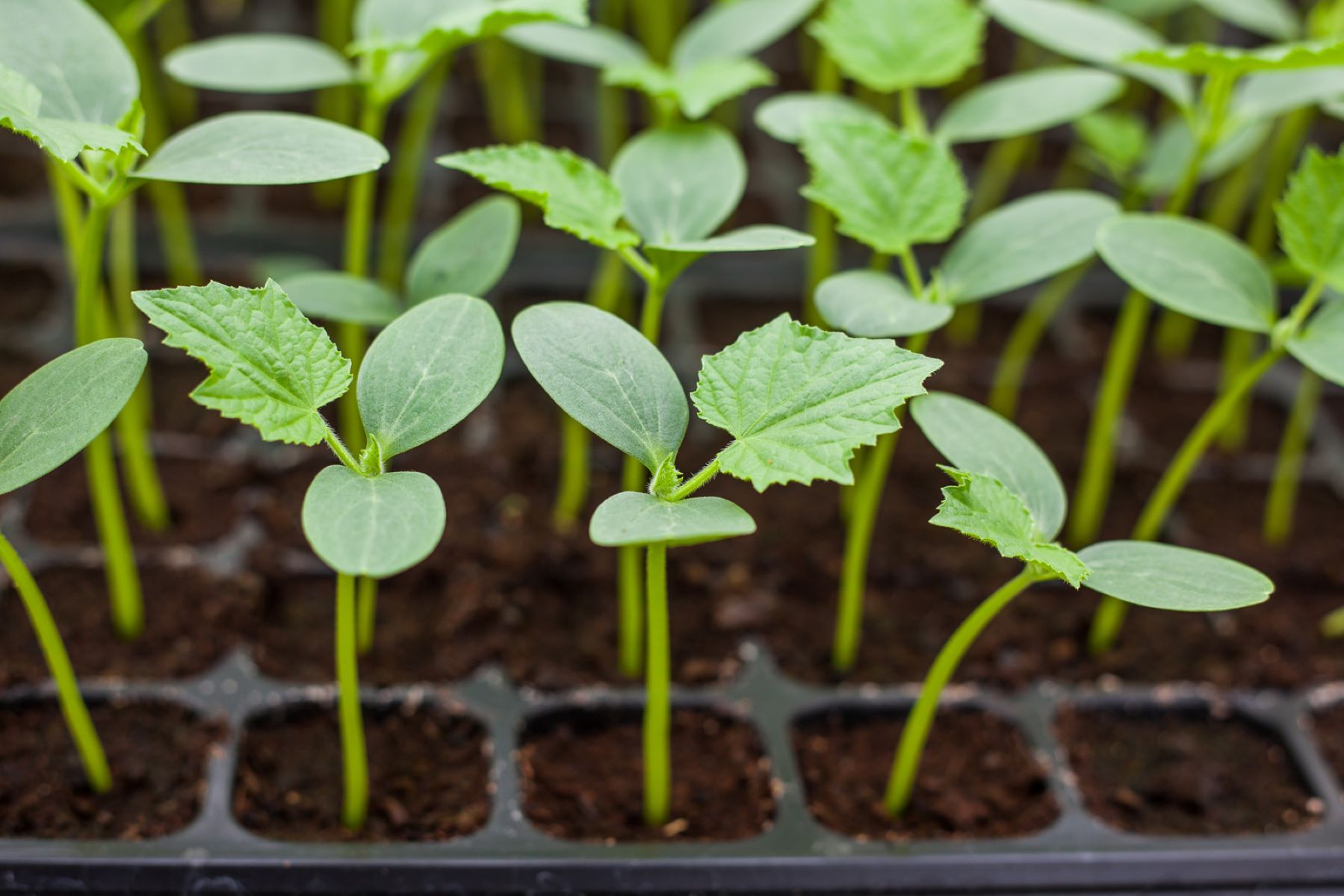
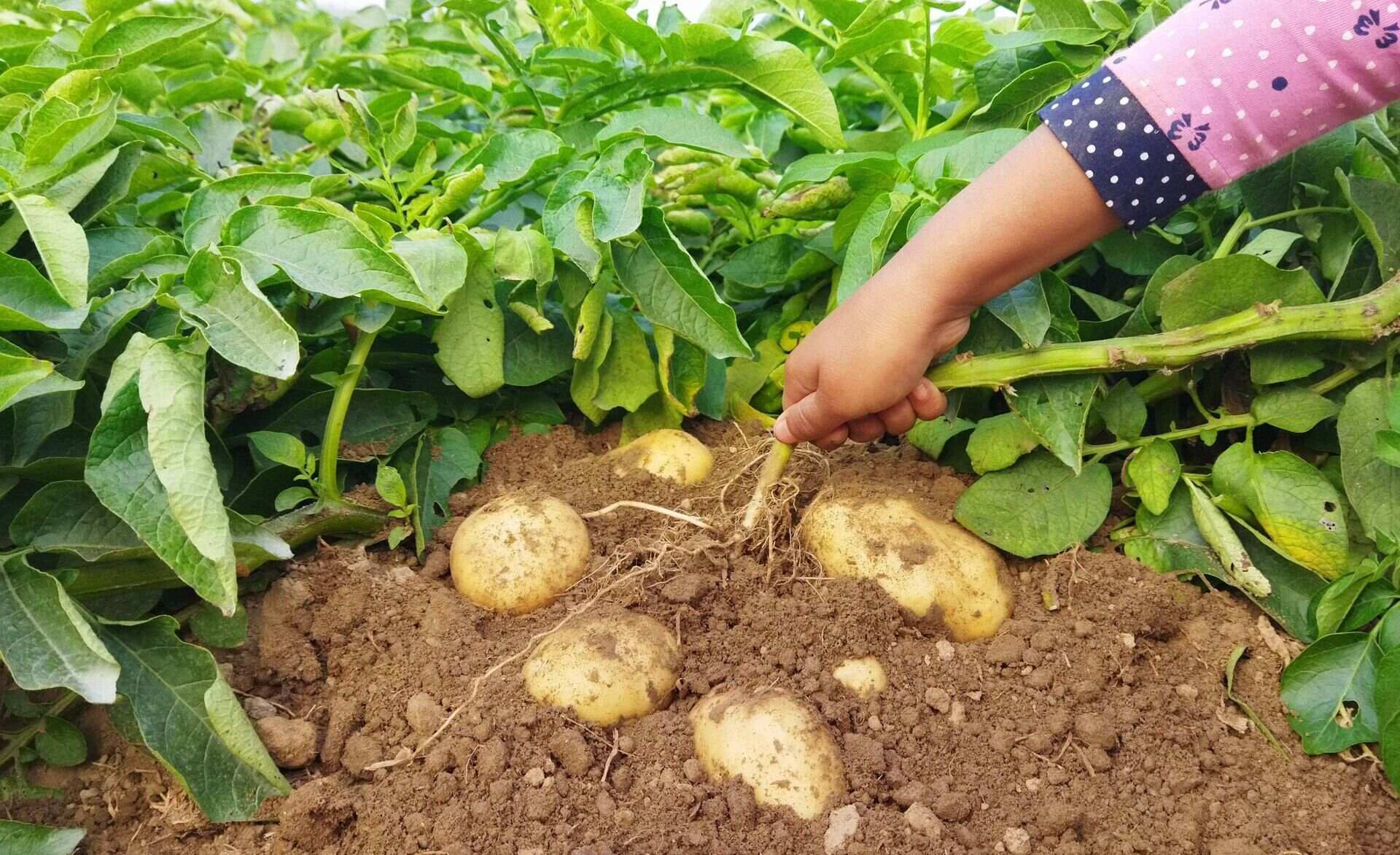
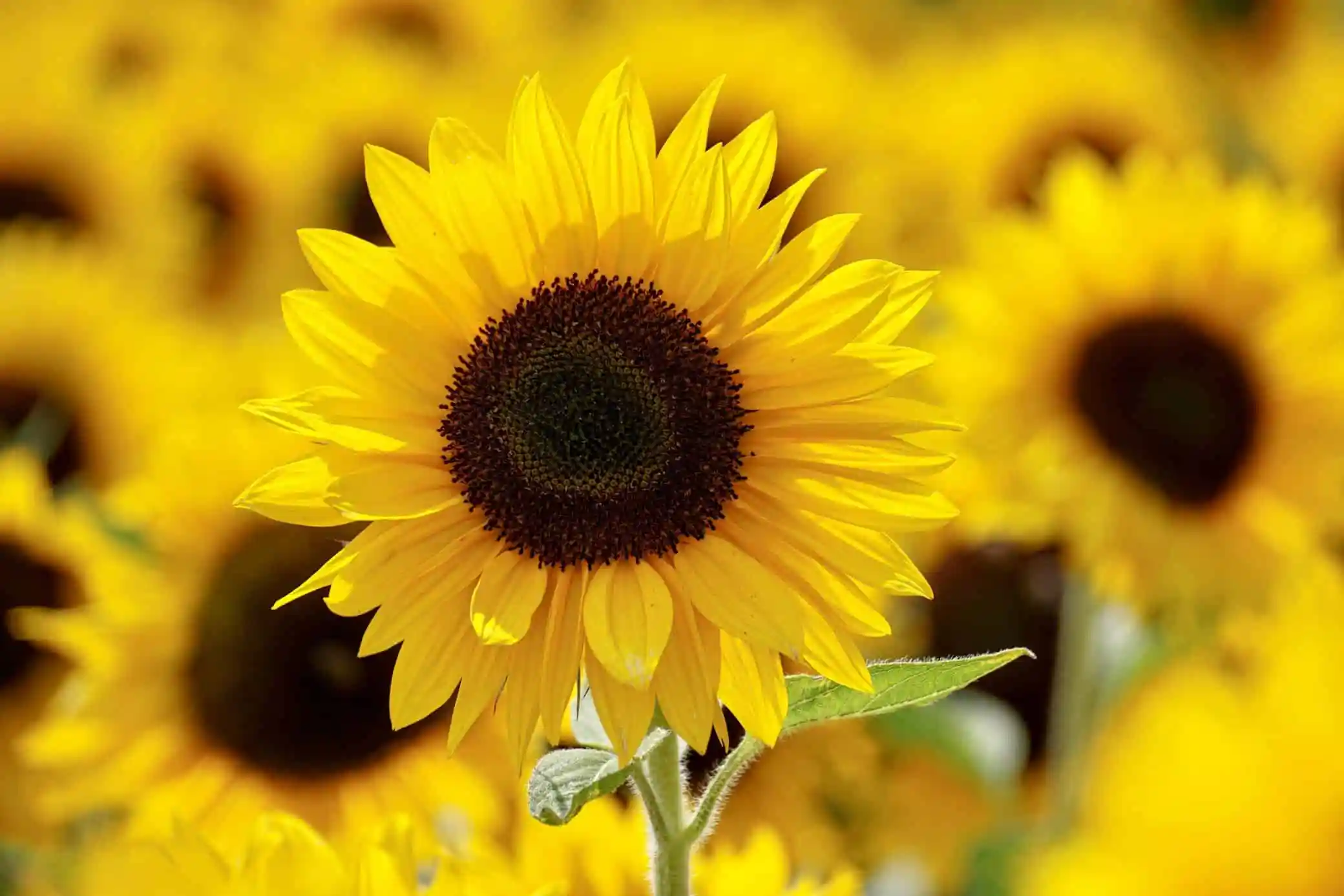
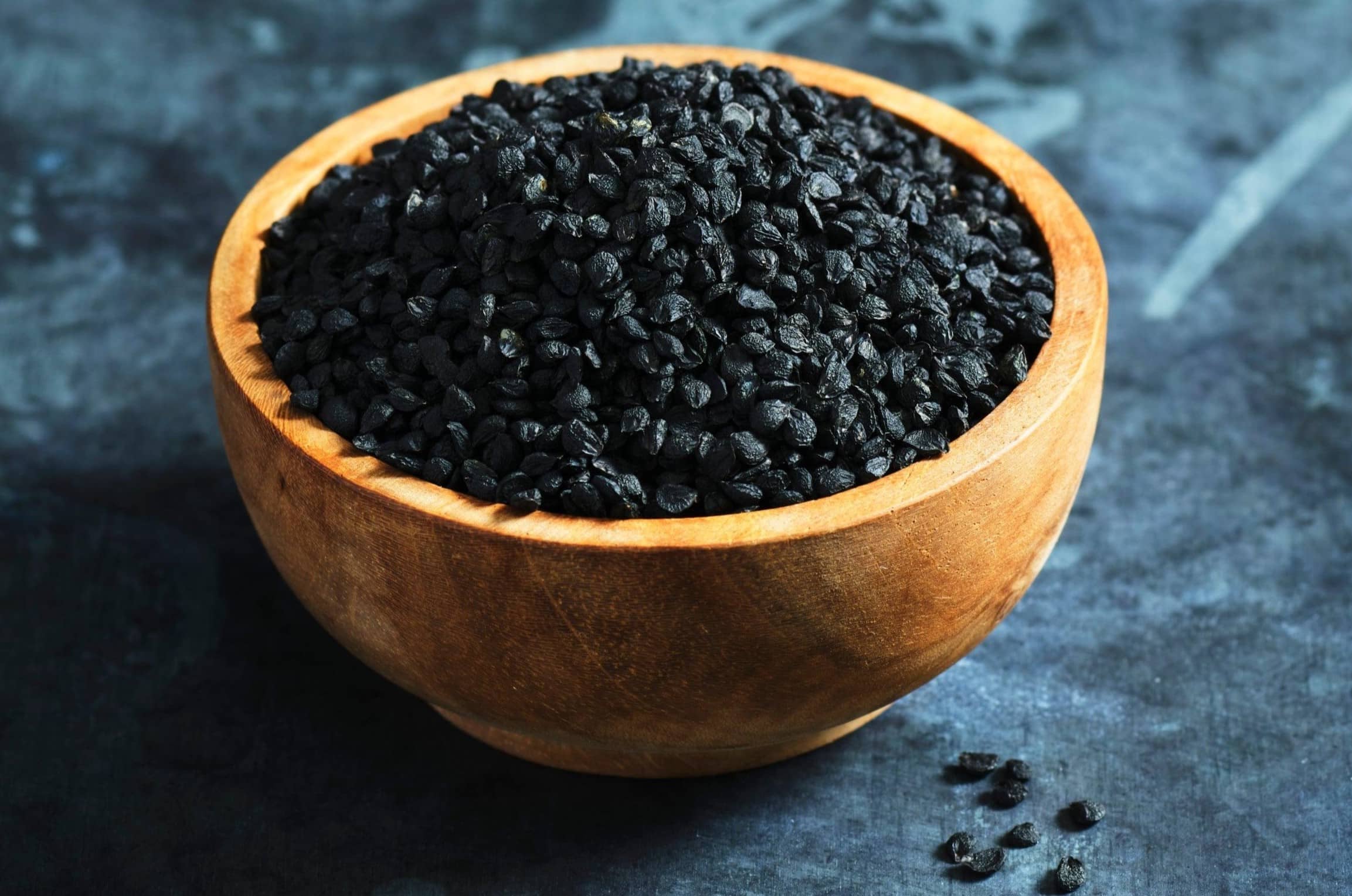
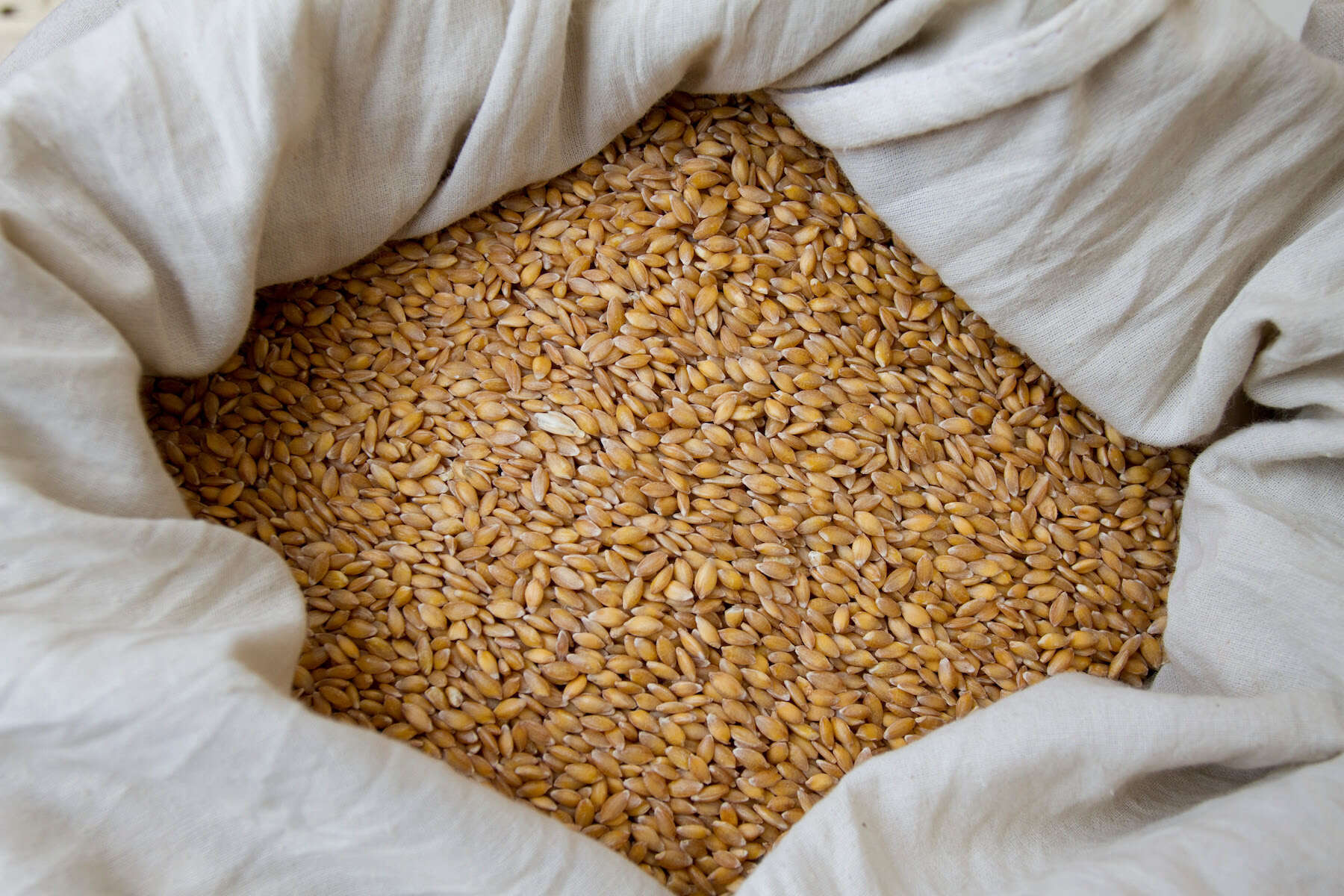
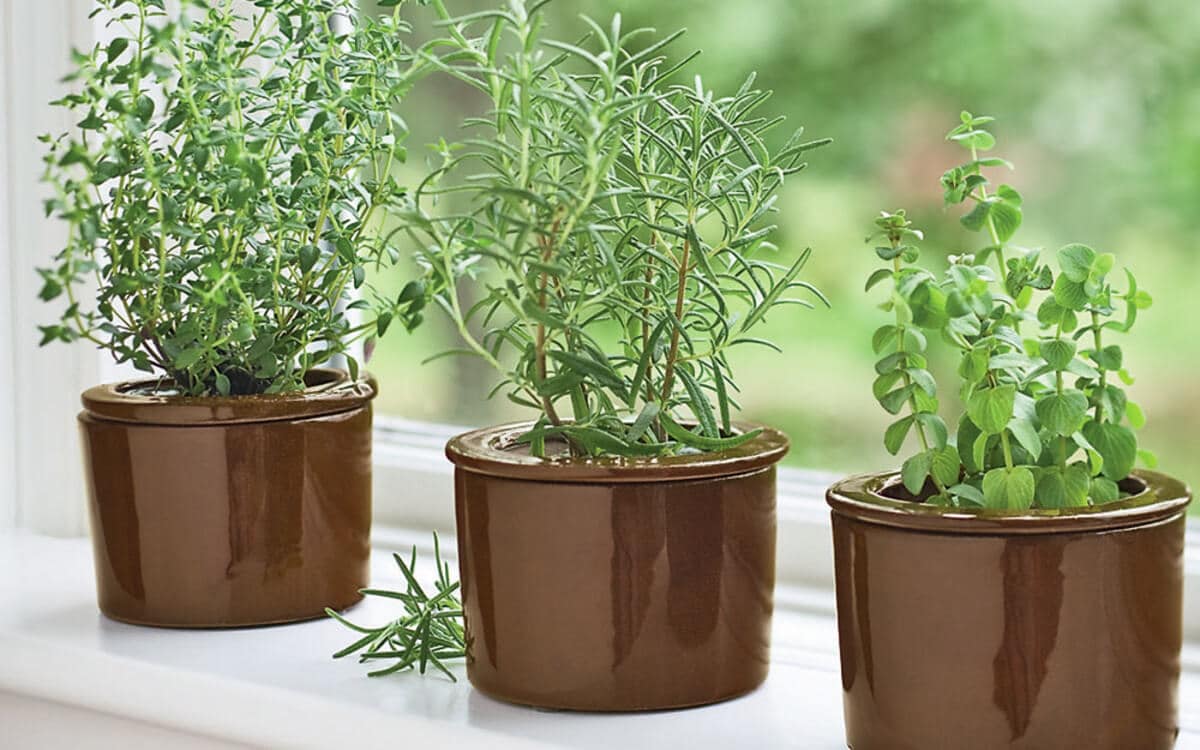

0 thoughts on “How Many Seeds Of Corn Per Hole”